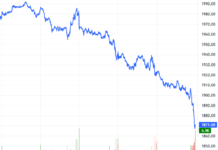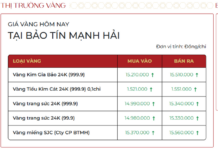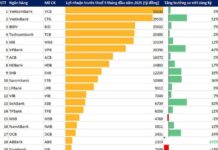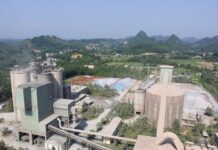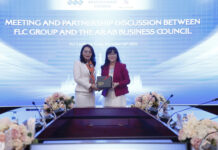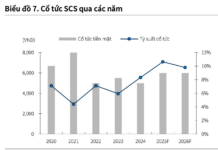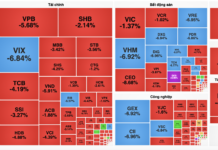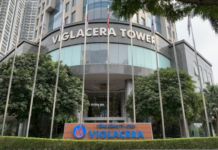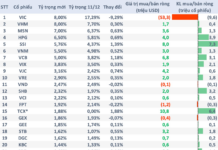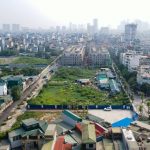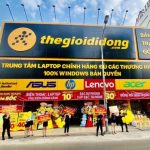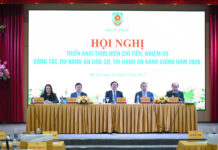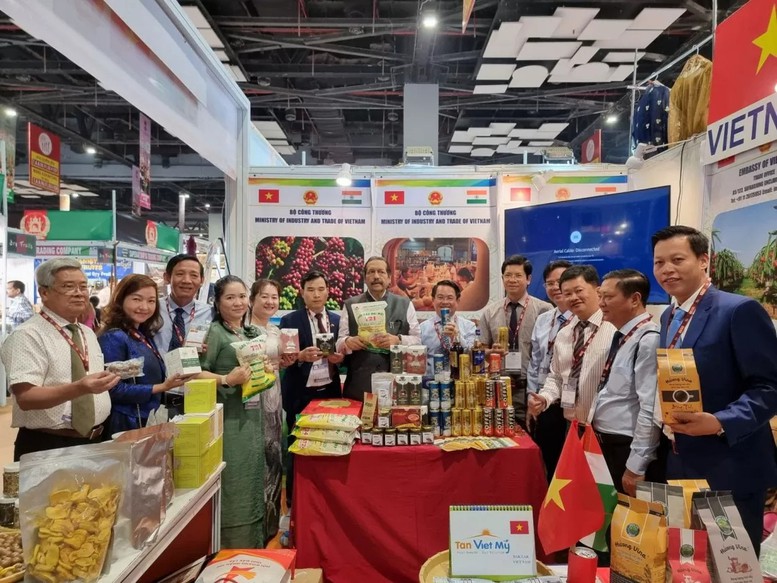
Business delegations, trade fairs, and business meetings between the two countries have supported Vietnam-India trade and business cooperation – Photo: Vietnam Trade Office in India
Accepting the invitation of the Prime Minister of the Republic of India, Narendra Modi, the Prime Minister of the Socialist Republic of Vietnam, Pham Minh Chinh, will pay a state visit to India from July 30 to August 1, 2024.
Commenting on the economic and trade cooperation between the two countries over the years, the leader of the Asia-Africa Market Department (Ministry of Industry and Trade) said that, in the overall relationship of Comprehensive Strategic Partnership, economic and trade cooperation has always been one of the most important fields and has achieved many achievements in the past time.
India – Vietnam’s important economic partner in South Asia
It can be said that the Indian market is a gateway for Vietnamese goods to penetrate and access the South Asian market. Conversely, Vietnam is currently India’s 23rd largest trading partner in the world and the 4th largest in the ASEAN region.
“The Vietnamese market is also considered a gateway for Indian goods to promote penetration into the ASEAN market and Vietnam’s other partners. The two countries are striving to soon achieve the bilateral trade target of 20 billion USD in the near future,” said the leader of the Asia-Africa Market Department.
Also according to the Asia-Africa Market Department, India is currently Vietnam’s most important economic partner in South Asia and its 8th largest trading partner. Vietnam-India trade accounts for about 80% of Vietnam’s trade with other South Asian countries.
Notably, bilateral trade between Vietnam and India has grown significantly in the past time. In the period of 2011-2016, bilateral trade between Vietnam and India increased by 1.3 times from 2.9 billion USD to 5.4 billion USD. The average annual growth rate reached 17.3%. In the period of 2017-2023, bilateral trade between Vietnam and India increased by 1.8 times from 7.7 billion USD to 14.3 billion USD. The average annual growth rate reached 12%.
In the first 6 months of 2024, bilateral trade between Vietnam and India reached 7.18 billion USD, up 2% over the same period in 2023.
Vietnam’s main export items to India include: computers and electronic products, mobile phones and accessories; machinery and equipment, steel and other metals, chemicals, footwear, garments, rubber, wooden products… Conversely, Vietnam imports from India technical products, agricultural products (including meat and seafood), chemicals and pharmaceuticals, electronic products, minerals, cotton and textiles…
In terms of investment cooperation, India ranks 26th out of 141 countries and territories investing in Vietnam (currently there are 353 FDI projects from India operating in Vietnam with a total investment capital of more than 1.1 billion USD). Many large corporations and companies of India are present in Vietnam, participating in investment in many different fields, mainly in the processing and manufacturing industry.
According to the Embassy of Vietnam in India, the frequent exchange of business delegations, the organization of trade fairs, trade exhibitions and business meetings have also supported trade and business cooperation between the two countries.
Accordingly, in April 2024, Indian enterprises participated in the 33rd Vietnam International Trade Fair, WORLD Expo organized by the Ministry of Industry and Trade of Vietnam. India was the “Guest of Honor” country and the Indian delegation was coordinated by the India Trade Promotion Organization.
The industry structure is complementary
Vietnam-India economic and trade relations have developed rapidly and positively in the past time. However, the leader of the Asia-Africa Market Department said that the economic relationship between the two countries has not yet matched the very good political relationship, with potential, strengths and has not met the expectations of the two sides.
First, both Vietnam and India have a well-growing economy and a stable macroeconomic environment, which is an attractive destination for foreign investors.
Both Vietnam and India are economies with high, stable growth rates and have made great efforts to overcome and recover strongly after the COVID-19 pandemic. Vietnam’s GDP in 2022 increased by 8.02% over the previous year, the highest growth rate in the past 10 years. In 2023, although there were many difficulties, Vietnam’s GDP growth still reached 5.05%, among the group of countries with high growth rates in the world. In 2024, Vietnam’s GDP is expected to reach nearly 6% according to the forecast of the International Monetary Fund (IMF). The growth of the economy and macroeconomic stability are extremely important factors in attracting investment from businesses, creating favorable conditions for production and business activities of both Vietnamese and Indian enterprises.
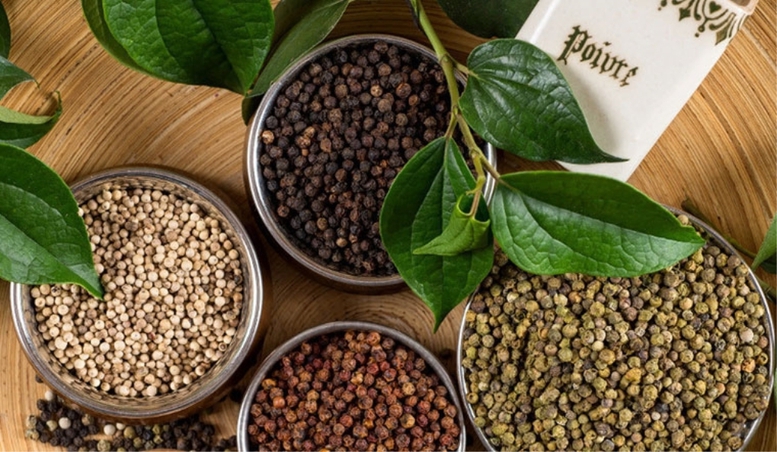
India is the fourth largest pepper consuming market of Vietnam with a volume of 6,813 tons, worth 28 million USD, up 46.5% in volume and up 90.6% in value – Illustration
Second, the movement between the two countries is very convenient with direct flights between major cities.
Vietnam and India have established direct flights between Hanoi, Ho Chi Minh City, and Da Nang with many Indian cities such as Delhi, Mumbai… with a frequency of nearly 50 flights/week. This is extremely convenient for the movement of individuals and businesses, facilitating businesses from both sides to explore and penetrate each other’s markets. This is also a very favorable condition for the two sides to promote cooperation in tourism and trade, investment associated with tourism.
Third, the industry structure of the two countries is complementary.
Both Vietnam and India have a high demand for each other’s goods. With a complementary commodity structure, Vietnam can provide India with a diverse range of goods, from agricultural and aquatic products, spices for consumption and export production; machinery and equipment, spare parts and electronic equipment; chemical products, fertilizers, plastics; to consumer goods, handicrafts…
On the contrary, India is a supplier of raw and auxiliary materials for Vietnam’s domestic production industries such as textiles, footwear; pharmaceuticals; components, spare parts; animal feed and feed production materials; minerals…
Along with the existing potential and advantages, economic and trade cooperation between Vietnam and India is facing many challenges. Specifically, two-way trade turnover still accounts for a small proportion of each country’s total trade turnover with the world.
In 2022, two-way trade turnover between Vietnam and India reached 15 billion USD, the highest ever. However, the export turnover of Vietnam to India only accounted for 2.1% of Vietnam’s exports to the world; Vietnam’s import turnover from India only accounted for 1.97% of Vietnam’s imports from the world.
Barriers from market protection policies
In addition, India’s domestic market protection policy is also a barrier. In recent years, India has issued and applied a series of trade restrictive measures on imports from Vietnam, negatively affecting and disrupting the import and export activities of businesses of the two countries. Some measures can be mentioned as import floor price, import license, trade remedy measures… and most recently, India’s suspension of granting new/renewal of BIS certification for some Vietnamese goods exported to India.
Not to mention, the export goods of the two countries have a fairly similar structure, especially in the strengths of Vietnam such as garments, textiles, agricultural products… and India’s strong trade protection policy. This has created a great challenge in competition between the two countries’ export goods in the market, while causing difficulties for Vietnamese enterprises when exporting to the Indian market.
“Vietnamese enterprises are still cautious when approaching the Indian market due to concerns about the legal environment, business environment and culture, customs. India has a relatively complex system of laws, regulations and legal procedures. Especially the tax system, customs procedures, and administrative procedures,” said the leader of the Asia-Africa Market Department, adding that differences in culture, customs, consumption habits and business practices are also issues that Vietnamese enterprises are still quite confused when connecting and working with Indian partners.
Expand cooperation areas, promote trade growth
Also according to the leader of the Asia-Africa Market Department, there is still a lot of potential and room to bring economic cooperation between Vietnam and India to a breakthrough development in the coming time, especially in new trends and fields such as green economy, circular economy, digital transformation, software industry, semiconductors, artificial intelligence.
Vietnam can promote the export of high-quality agricultural and aquatic products to India such as processed fruits; fresh fruits (dragon fruit); tea; coffee; spices; cereals and nuts, cereal products; tra fish/ba…
“These are both Vietnam’s strengths and products that meet the needs of Indian consumers as well as serve Indian enterprises for export production,” the Asia-Africa Market Department analyzed.
Along with that, India can also strengthen the supply of textile and footwear raw and auxiliary materials or provide components and spare parts for Vietnam’s mobile phone, electronics, and mechanical manufacturing industries. In fact, enterprises of the two countries have initially connected, supplemented and supported each other effectively in terms of raw material supply, components and spare parts in the past time, especially at the time of disruption of raw material supply for the textile and footwear industries in the region when the COVID-19 pandemic appeared in early 2020.
In terms of industry, enterprises of the two countries can strengthen investment cooperation in fields such as: electronics, semiconductors, information technology; metallurgy; building materials; supporting industries; food processing industry; pharmaceuticals. These are all industries in which India has experience and strengths, and Vietnam has a demand for development and deeper participation in the global supply chain.
At the Vietnam-India Business Forum held in January 2024, Deputy Prime Minister Tran Luu Quang affirmed that Vietnam always attaches great importance to promoting comprehensive cooperation with India, especially in economy, trade and investment in a more practical and effective manner. The Vietnamese Government is ready to create favorable conditions for Indian enterprises to operate long-term and successfully in Vietnam.
The two countries of Vietnam and India established diplomatic relations in 1972. In 2016, the leaders of the two countries agreed to upgrade the relationship to a Comprehensive Strategic Partnership. In more than 50 years, India has been one of the most trusted partners, regularly expressing its support for Vietnam’s development path and policies on many regional and international forums.
Not only in the field of politics-diplomacy, economic, trade and investment cooperation between the two countries has also achieved many important achievements. Notably, the India-Vietnam relationship continues to be promoted when the Prime Minister of India upgrades the “Look East Policy” into the “Act East Policy” to affirm the determination to strengthen economic connections with the Southeast Asian market as well as to raise the role and position of India in the region, in which Vietnam plays an important role in this policy.
On September 3, 2016, Prime Minister N. Modi announced at the G20 Summit in Hangzhou, China: “Vietnam is a strong pillar in India’s Act East Policy” and “bilateral relations between the two countries are based on trust, understanding and convergence of views on different issues in the region and the world”. Putting Vietnam in an important position, as the “focus”, “bridge” in the “Act East Policy” has contributed to promoting Vietnam-India relations in general and economic relations in particular to a new height.
The most extensive bribery case ever in Thanh Hoa: Numerous suspects prosecuted for “Giving and Receiving Bribes”
The Provincial Security Investigation Agency (PSIA) of Thanh Hoa province announced on January 31st that it has made the decision to initiate a prosecution against 23 individuals in connection with the offenses of “Accepting bribes” and “Giving bribes” as stipulated in Article 354(3) and Article 364(2) of the Criminal Code.
“Prosecution of government officials, land registration officers, and tax department employees in the largest bribery case ever”
The Thanh Hoa Police Investigative Agency has initiated legal proceedings against 23 individuals involved in the crimes of “Bribery” and “Receiving bribes”. This is the largest bribery case in terms of the number of suspects ever discovered and apprehended by the Thanh Hoa Police.

